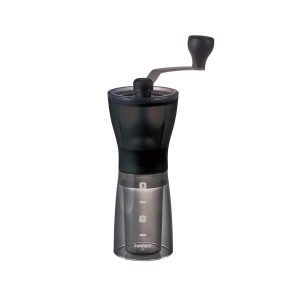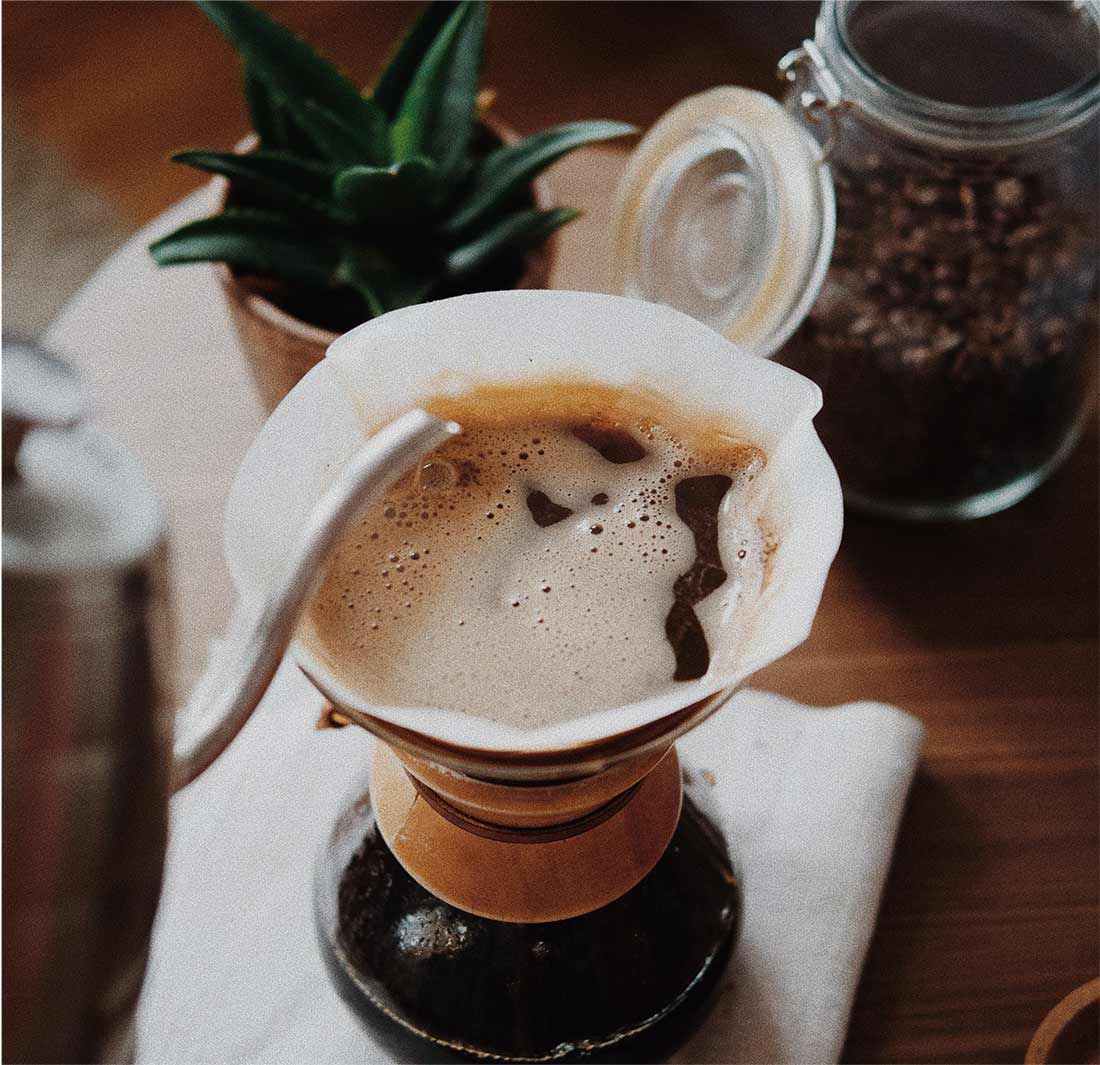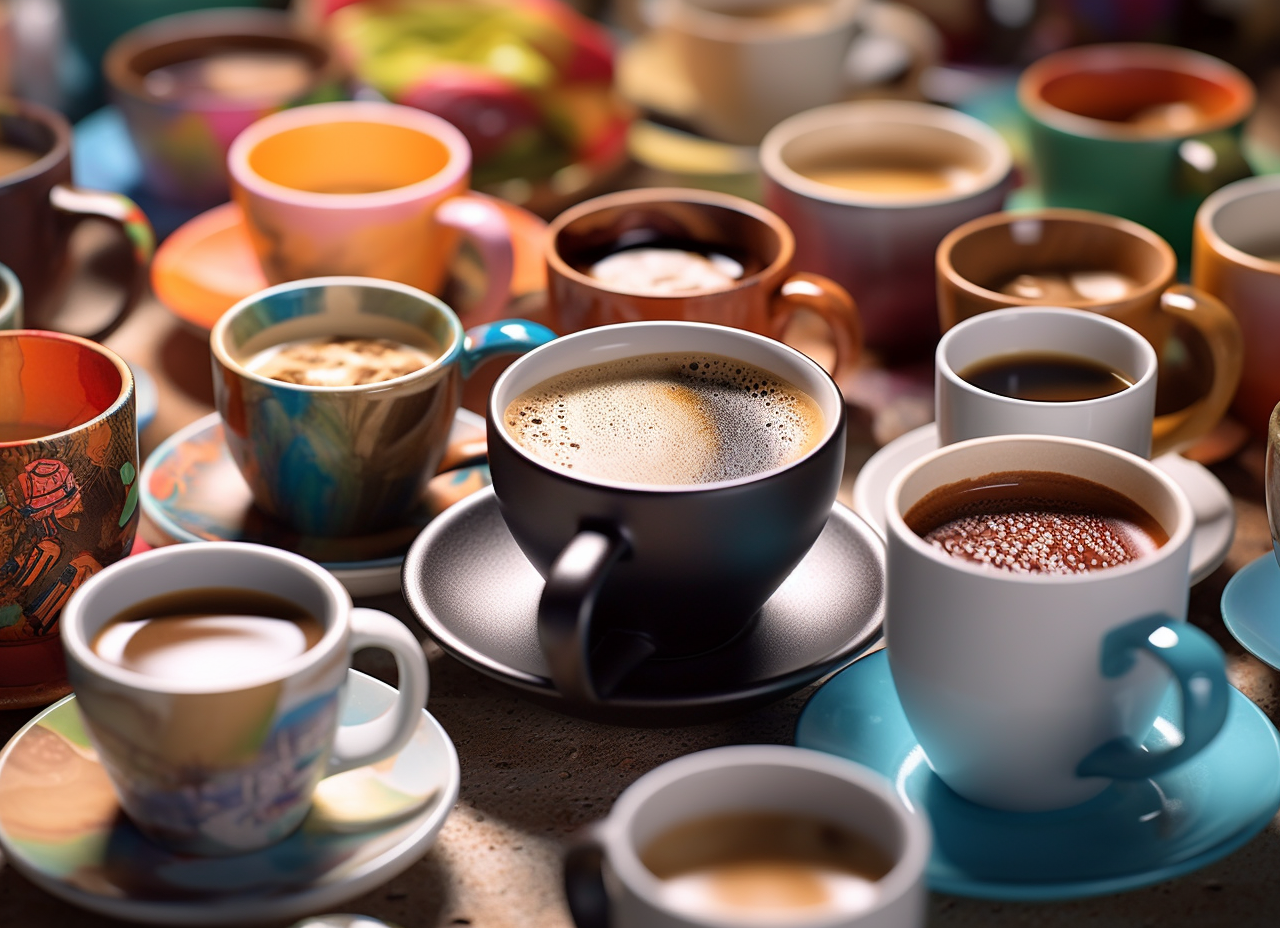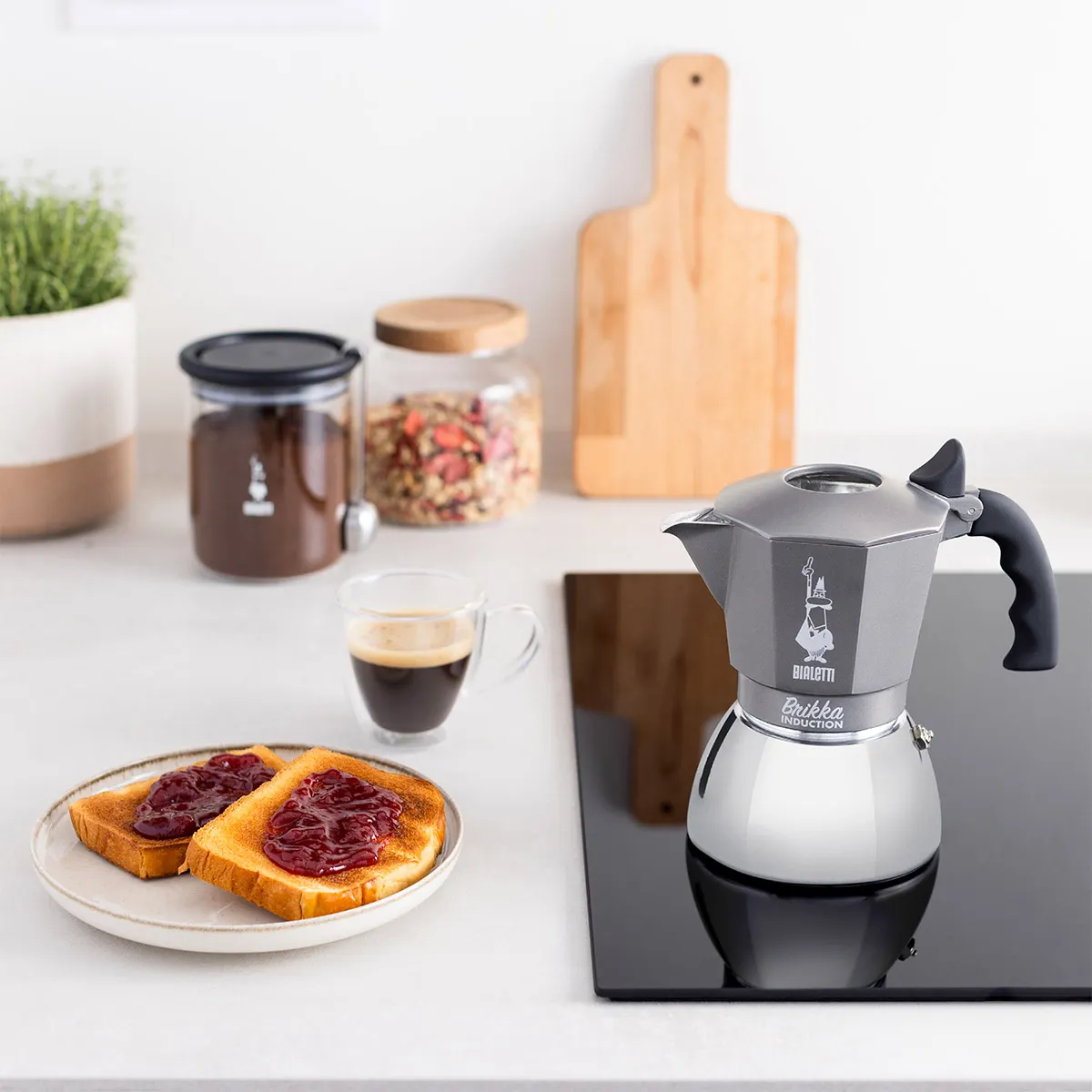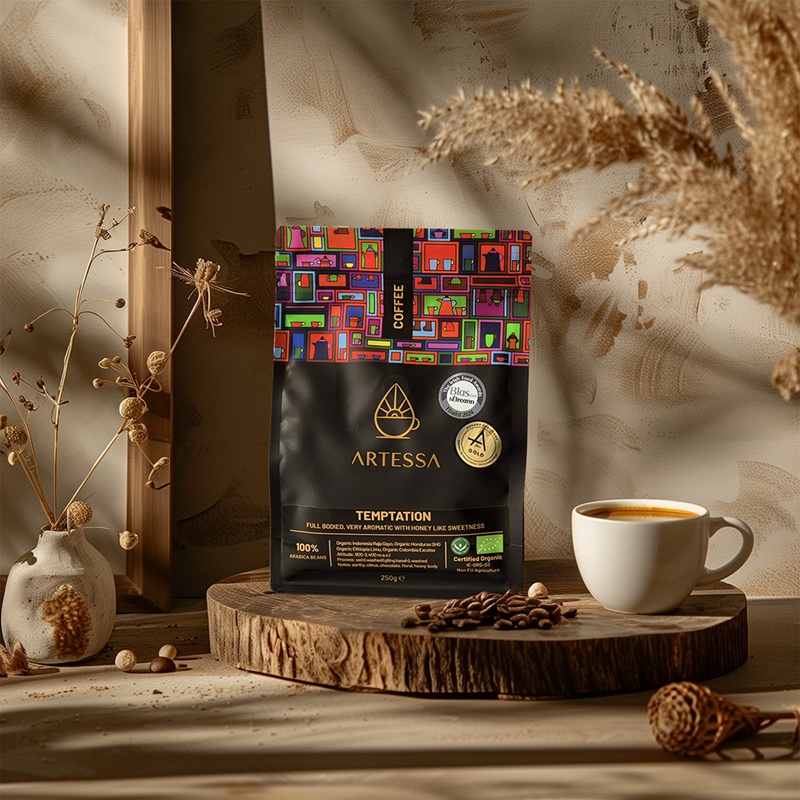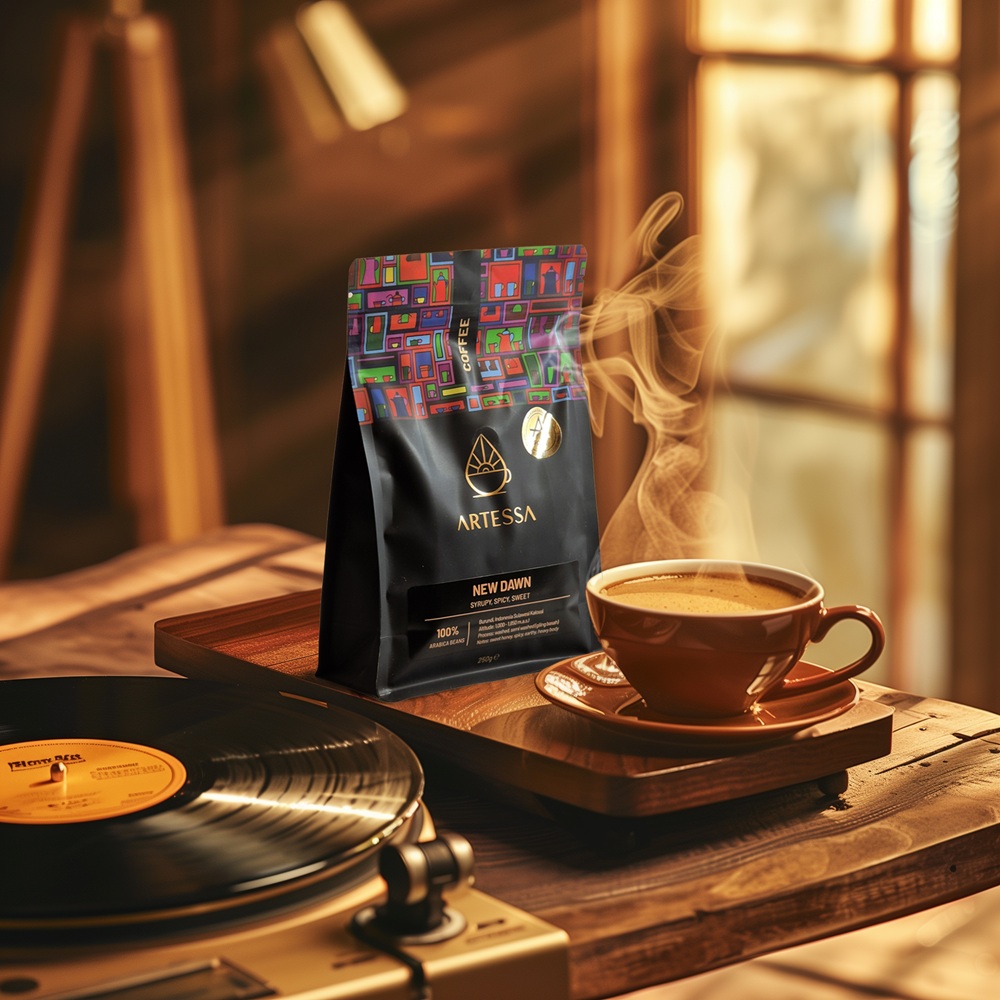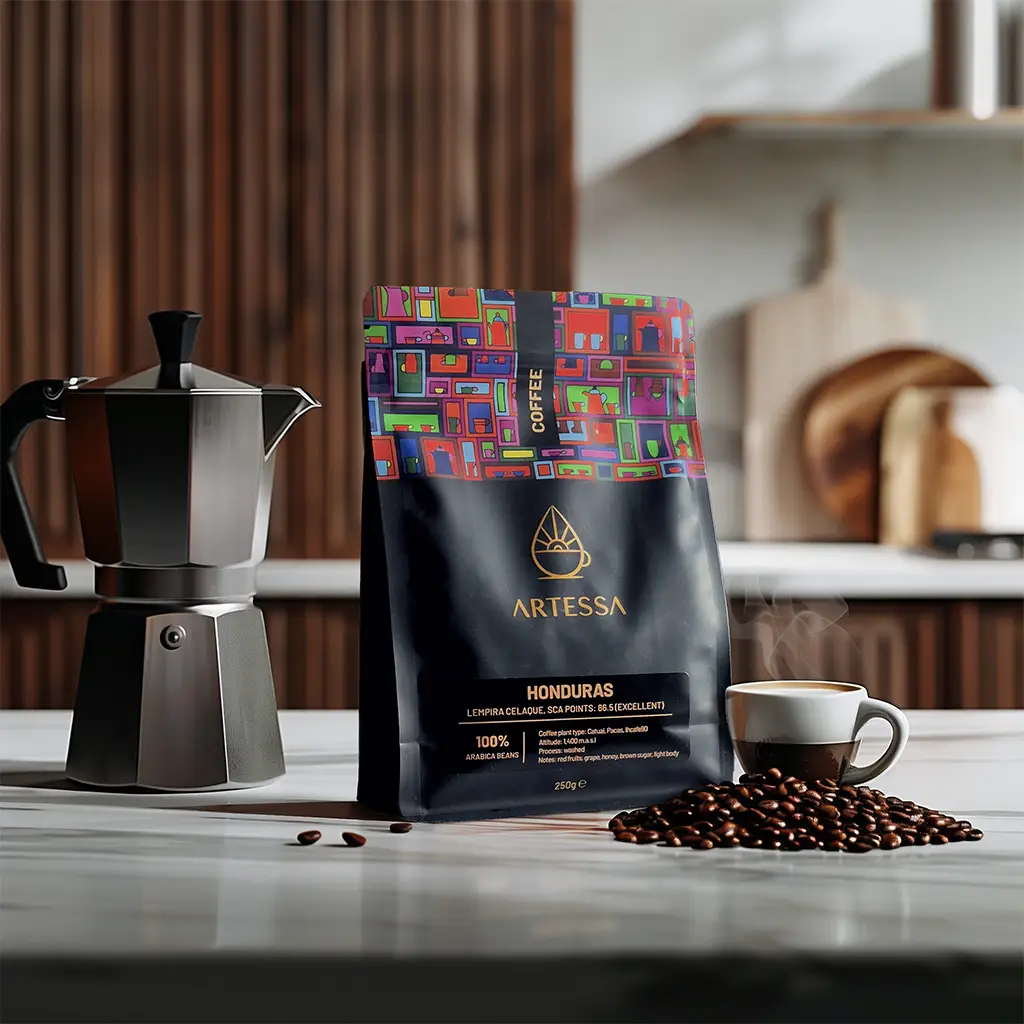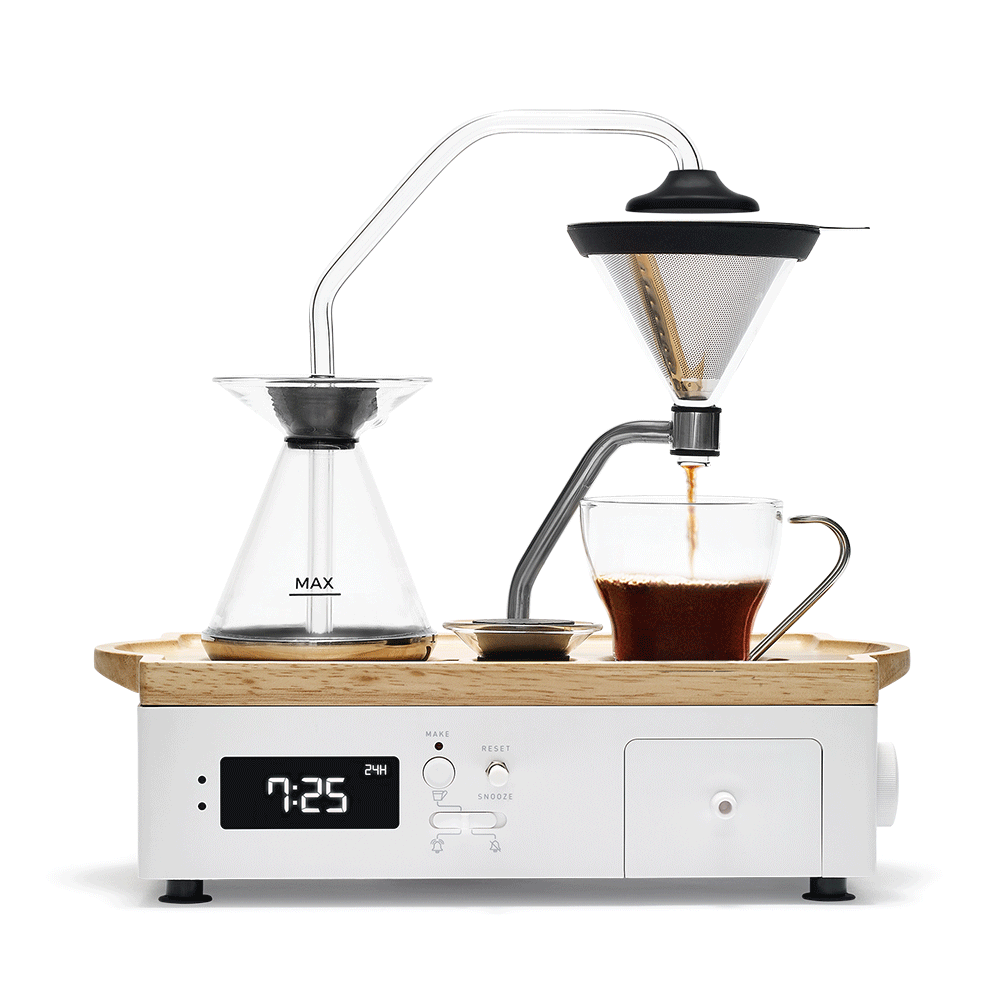Grinding coffee is arguably one of the most crucial elements in brewing coffee. As we explained in our previous newsletter/blog; get the grind wrong and the coffee isn’t going to taste great.
Yet, freshly ground coffee is always going to be better than old ground coffee. Keep in mind, coffee loses its aroma very quickly once it is ground. Therefore, it’s best to grind the amount of coffee you need just before brewing.
Grinders For Home
Maybe you have a grinder lurking somewhere in the house. Maybe you’re looking to buy for the first time or looking for an upgrade. Hopefully these few tips will help you to know what to look out for. Oh, before we start, please don’t use your coffee grinder to grind spices. It’s nearly impossible to get rid of the aromas. The same goes for flavoured coffee.
Blade Grinders
Blade grinder has a spinning blade on the lower part of the chamber where coffee is poured. The fast rotating blade crushes the beans in small pieces.
Blade grinder produces an uneven grind, and the fast rotating blades are heating up the coffee therefore burning out the flavours.
The only way of controlling the grind size is with time. The longer the grinding time, the finer the grind.
However, these grinders are the cheapest option to give you freshly ground coffee.
If you get one of these, for the best results grind small amount at a time, just what you need for your next cup. Less coffee needs less time to be ground and it will not be heated up enough to loose the aromas.
The best blade grinders are those with a built in timer (coarseness setting), and a volume setting, which makes it easier to get the coarseness right every time.
Burr Grinders
The coffee passes between rotating burrs producing even size particles and allowing full control of the coarseness. Best of all, it doesn’t heat up the coffee, all those precious aromas are preserved during grinding.
The coarseness is controlled by setting the distance between the burrs, the volume is controlled by time. Keep in mind, it needs more time to grind the same amount of coffee to finer. So when you set your grinder to finer, you will need to adjust the timer/volume setting.
When changing the coarseness to a finer setting on an electrical burr grinder, do this whilst the grinder is running. This prevents jamming the grinder by the coffee pieces stuck between the burrs.
Burr grinders are more expensive than blade grinders. The more durable, the more gadgets a grinder has the more it costs.
A few examples of burr grinders:
Hand Grinders
They are generally small and compact making them easy to store and they are ideal for travel. Some even come with a carry pouch, such as the Rhino Hand Grinder.
Hand grinders are good to grind for one or two cups of coffee. It takes time and a bit more physical effort, but it can be a nice part of the coffee ritual.
Controlling the volume of the ground coffee is done by user. To make it easier some hand grinders has a transparent chamber for the ground coffee with measurement shown on the side, like the Hario Mini Slim Ceramic coffee mill.
These are great choice for all brewing methods, but not the best for espresso.
Burr grinder – grinding into Container
Coffee is ground into a neat container, ready to be poured into your brewing equipment.
Perfect choice for nearly all brewing methods, not so great for espresso. Use it for cafetiere, filter, Aeropress, moka pot, Syphone etc. In case of espresso, it’s best to grind straight into the portafilter.
Grinders, like the Bodum Bistro Electric Burr Grinder, will grind what you need into a glass container. The container has an airtight lid to preserve the taste and aroma of your coffee grounds.
Burr grinder – grinding into Portafilter
The right amount of coffee is ground straight into the portafilter, eliminating waste and mess.
The best choice for espresso.
When grinding for espresso, the amount of coffee has to be very precise. Even half a gram of coffee can make a big difference in extraction/taste. Keep in mind, it needs more time to grind the same amount of coffee to finer. So when you set your grinder to finer, you will need to adjust the timer/volume setting.
The Sage Barista Dose Control Pro comes with two portafilter cradles (small: 50-54mm, large: 58mm) which makes it suitable for all home espresso machines. It features 60 precise grind settings and the Precision Electronic Timer delivers a consistent dose every time.
Burr grinder – grinding into Container & Portafilter
This is good for everything! These grinders have a portafilter cradle and also a container.
The Sage Smart Grinder Pro includes an airtight container and two portafilter cradles (small: 50-54mm, large: 58mm). This grinder has an LCD display to follow your settings and the grinding process. And the best part is: it adjusts the dose when you change the grind! Adjustments in grind size requires different grind times to achieve a consistent dose. The Sage Smart Grinder Pro grinder has a Dosing IQ feature to take care of this.
We hope this information helps you to choose the best grinder for your need. There’s really no bad choice, if you grind just before you brew you will make better coffee.

